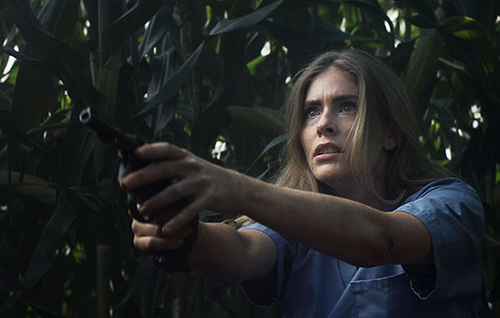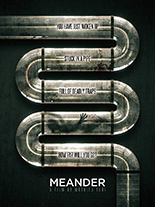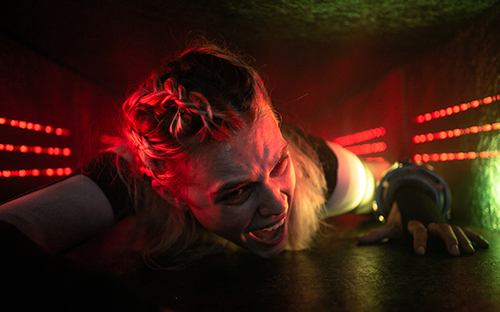
 When Okja premiered in 2017 on Netflix, many people maintained it’s about a girl and a “big pig”. However, I remembered a touching fable (foibles?) about a girl and a hippo-dog-elephant-pig. But I digress …
When Okja premiered in 2017 on Netflix, many people maintained it’s about a girl and a “big pig”. However, I remembered a touching fable (foibles?) about a girl and a hippo-dog-elephant-pig. But I digress …
In an ideal farm in South Korea, young girl Mija (An Seo Hyun) cares for Okja, a wholesome hippo-dog-elephant-pig; he is taken to the big city, much like Babe: Pig in the City. But unlike Babe: Pig in the City, Okja is instead populated with pro-animal terrorists, pro-animal reality hosts and pro-animal factory farms.
Directed by the renowned Bong Joon Ho (Parasite), the film is notable for the extreme moments of scat jokes. But poop aside, it makes a children’s film in its own image. Also, the cast of Tilda Swinton, Paul Dano and Jake Gyllenhaal are playing to their characterized strengths — usually by stupid accents, but still.
What truly makes Okja a great film — which in turn makes Okja, a peaceful hippo-dog-elephant-pig, and how he is used — are the foot solders of this corporation, giving Okja a large boot to the head. It truly is unsettling about animal rights and how far we’d go.
Of course, it’s all undone by the time you crave a steak, but at least you know you tried. —Louis Fowler

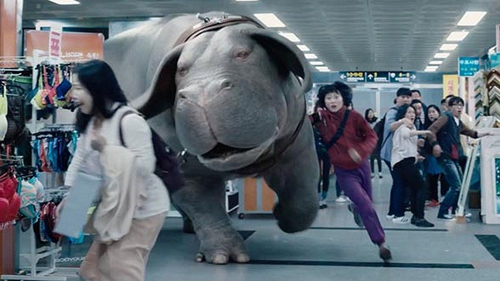
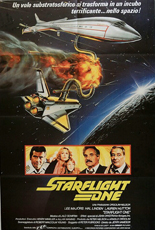
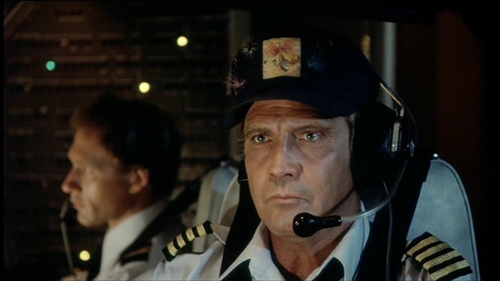

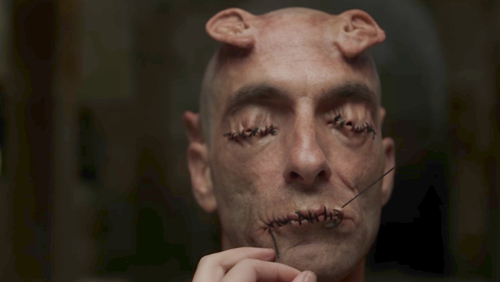
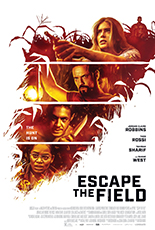 Six people wake in a cornfield. None have any idea of why or how they got there, but each finds an object next to them: matches, a compass, a gun, etc.
Six people wake in a cornfield. None have any idea of why or how they got there, but each finds an object next to them: matches, a compass, a gun, etc. 